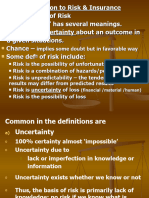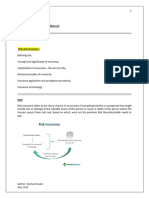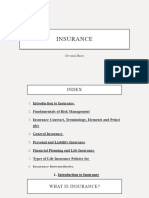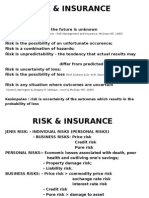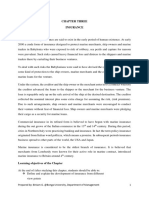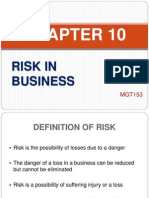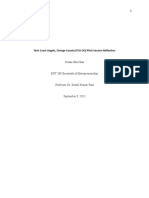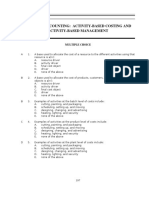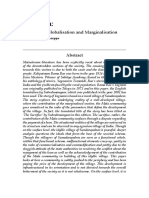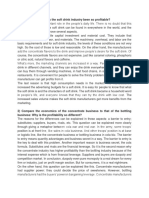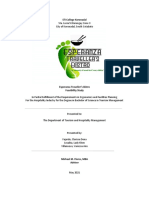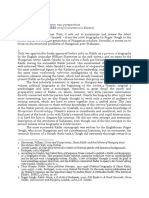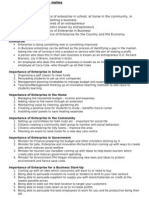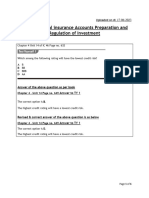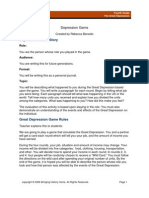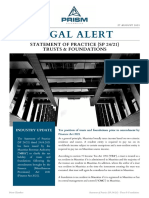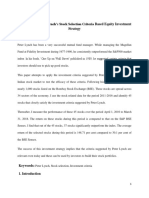0% found this document useful (0 votes)
19 views72 pagesUnit 1 Introduction
The document provides an overview of risk management, defining risk as an uncertain event that may lead to loss, and categorizing it into pure and speculative risks. It discusses various methods of managing risk, including avoidance, retention, transfer, and reduction, as well as the types of insurance available. Additionally, it outlines the characteristics and functions of insurance, the evolution of the insurance industry, and the requirements for insurable risks.
Uploaded by
Asmita AsuCopyright
© © All Rights Reserved
We take content rights seriously. If you suspect this is your content, claim it here.
Available Formats
Download as PDF, TXT or read online on Scribd
0% found this document useful (0 votes)
19 views72 pagesUnit 1 Introduction
The document provides an overview of risk management, defining risk as an uncertain event that may lead to loss, and categorizing it into pure and speculative risks. It discusses various methods of managing risk, including avoidance, retention, transfer, and reduction, as well as the types of insurance available. Additionally, it outlines the characteristics and functions of insurance, the evolution of the insurance industry, and the requirements for insurable risks.
Uploaded by
Asmita AsuCopyright
© © All Rights Reserved
We take content rights seriously. If you suspect this is your content, claim it here.
Available Formats
Download as PDF, TXT or read online on Scribd
/ 72




